The Folio Society has made some striking books over the years, including the beautifully illustrated 400th anniversary of Shakespeare’s first folio, The Complete Plays, from Neil Packer.
The new book, The Lottery and Other Dark Tales, illustrated by Angie Hoffmeister, takes on the art of psychological horror, both in words and pictures. The book is limited to just 250 copies, this Folio edition and features 20 of Shirely Jackson's most unsettling stories, supported by elegantly eerie illustrations from Angie Hoffmeister.
In my interview below Angie shares her approach to creating horror art, saying the less you show the spookier the image for the viewer. You can see some of the artist's work below, but visit her website for more illustrations. This special edition of The Lottery and Other Dark Tales will be available exclusively from The Folio Society on the 18th February, 2025.
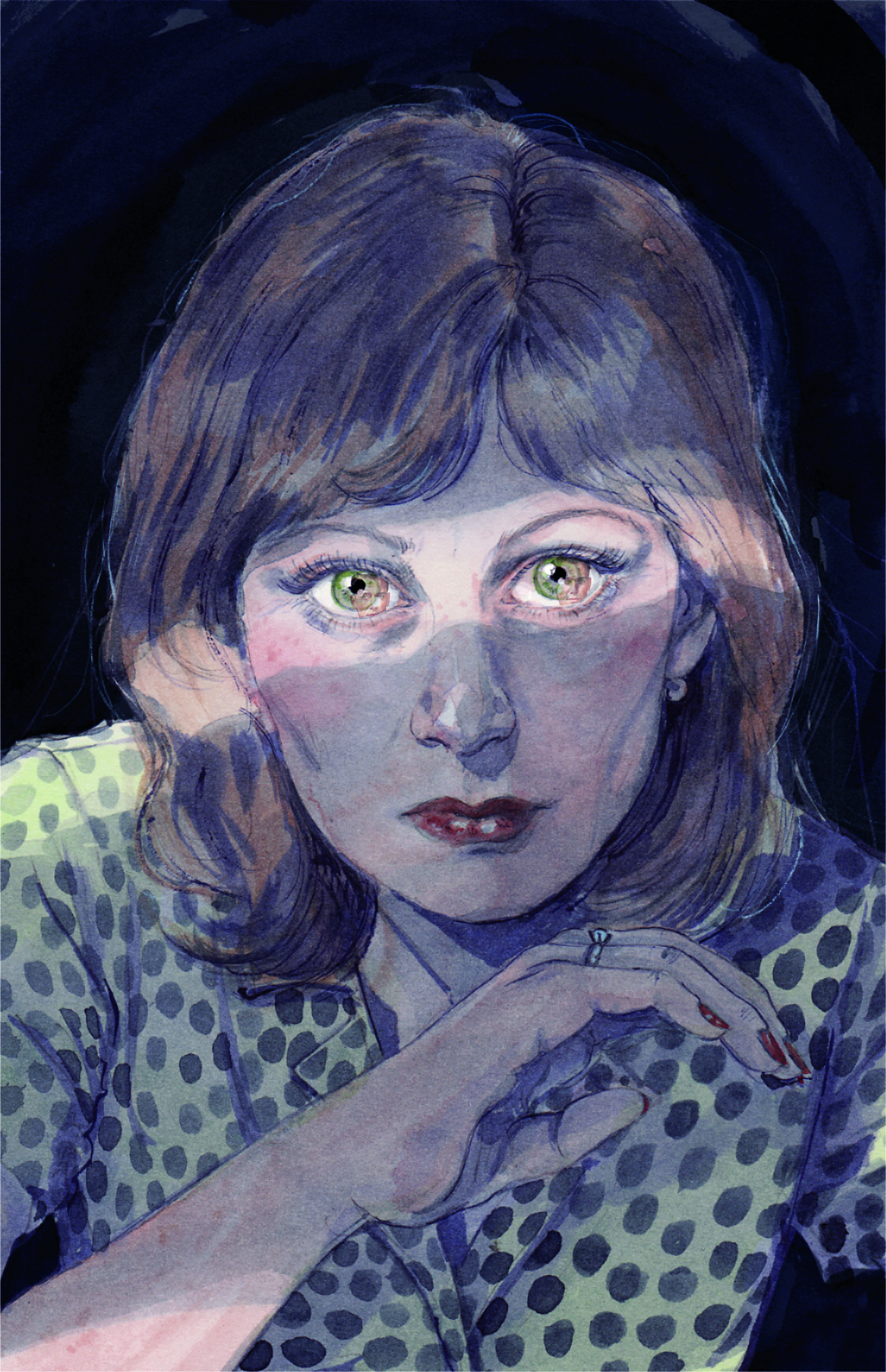
CB: How do you approach translating an unsettling or eerie description from a book into a horror illustration?
Angie Hoffmeister: I believe the power of horror lies in what remains unseen. When translating an unsettling description into an illustration, I tend to leave a lot to the imagination. The more you show, the more you give the viewer to dissect and analyse. It's the ambiguity, the things lurking just beyond the frame, that spark the imagination. By withholding certain details, I aim to evoke that same sense of unease and suspense that the written word does.
CB: What techniques or mediums do you use to evoke atmosphere in your illustration?
AH: I exclusively work with traditional mediums, using digital tools only for minimal retouching. For The Lottery and Other Dark Tales, as well as previous Shirley Jackson projects for The Folio Society, I begin by sketching with graphite pencils. Then, I define the light and shadows with shades of blue ink. Layering ink washes builds a depth, and I finish the illustrations with a light touch of watercolour – just enough to hint at colour, but never overpower the mood. The combination of these techniques helps maintain the somber, eerie atmosphere that I feel is very fitting for Jackson’s works.
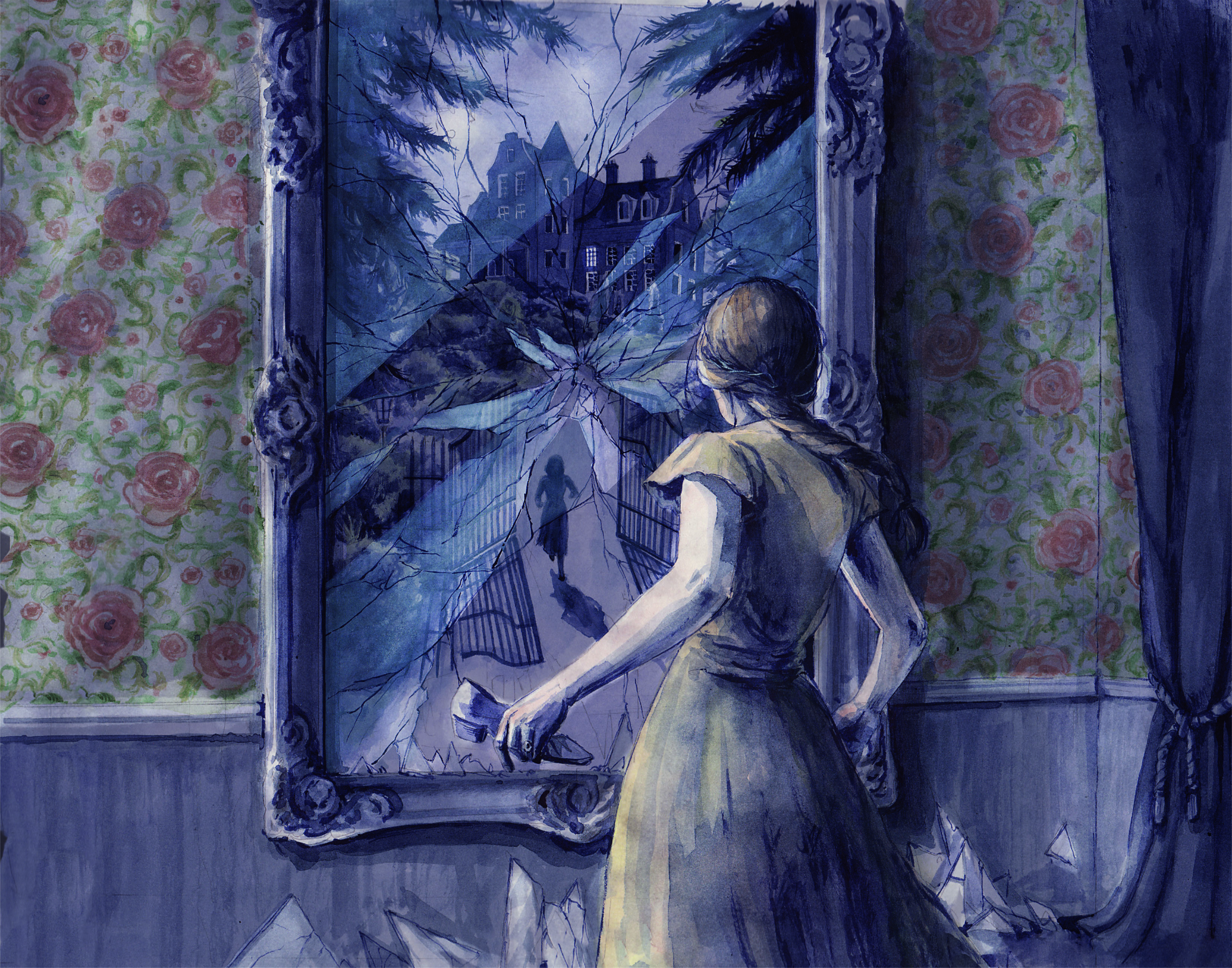
CB: When working on The Lottery and Other Dark Tales, how did you balance the writer's subtle, psychological horror with your own style?
AH: I adapt my style depending on the project and the medium, so I have different approaches for different kinds of illustrations. For example, my personal project illustrating the first Harry Potter book, done entirely with mechanical pencils and graphite, feels much softer and more nostalgic – suited for a younger audience.
However, working on Shirley Jackson’s short stories, especially after having illustrated The Haunting of Hill House and We Have Always Lived in the Castle, felt almost like visiting an old friend, and so balancing my style with her nuanced storytelling came naturally.
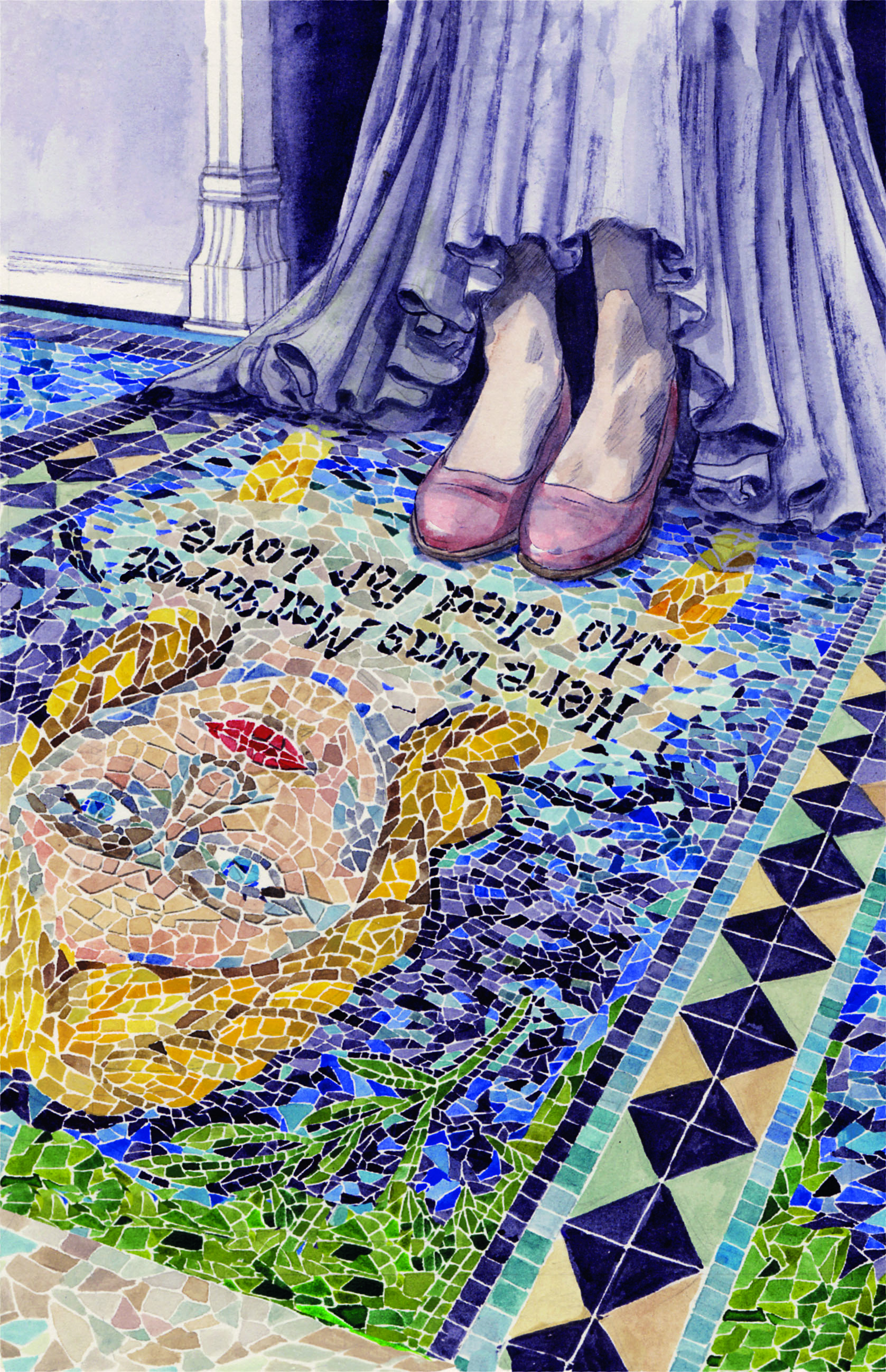
CB: What role does texture and contrast play in your art?
AH: Texture and contrast are essential in my illustrations. The tactile quality of ink and watercolour washes adds a certain depth and atmosphere that perfectly complements the mood of the story. I remember a time when I tried to avoid textured elements, but now I embrace them, especially the way the pigments flow and settle on the paper, creating organic, unpredictable results. I also enjoy drawing highly textured objects like wood, brick, or small, repetitive patterns. There’s something meditative in the rhythm of those details.
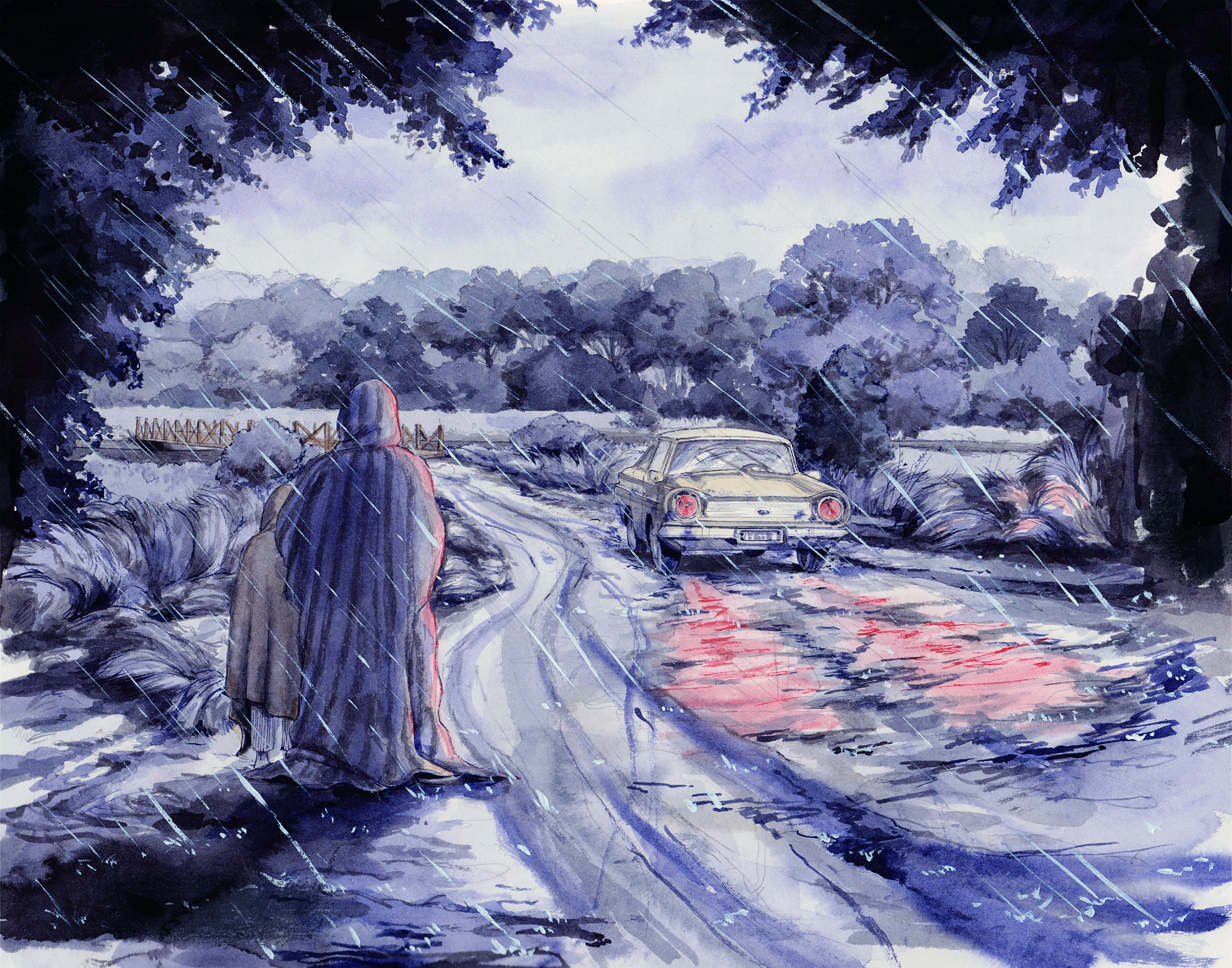
CB: How do you decide which scenes or moments to illustrate?
AH: Choosing which scenes to illustrate is one of the hardest parts of the process. It involves considering the flow of the book as a whole, but I usually gravitate toward moments that are vivid in my mind – those that feel visually striking or emotionally charged. I make a chart of potential scenes and work closely with the publisher to narrow down the best options, but it’s always a difficult choice. In some cases, I wish I could illustrate every scene, as each one has its own unique atmosphere to explore.
CB: What is your research or preparation process for a project like The Lottery and Other Dark Tales?
AH: Having read almost all of Shirley Jackson’s works, I was already deeply immersed in her world. But rereading the short stories helped me reconnect with the particular tone of each story. I collect visual references like photographs of clothing, hairstyles, architecture, and even old cars to ground the illustrations in the time period of the stories. This helps create a tangible, historical context for the work. I gather all these references in a sketchbook, like a physical Pinterest board, and follow it with extensive note-taking and rough sketches before diving into the actual illustration process.
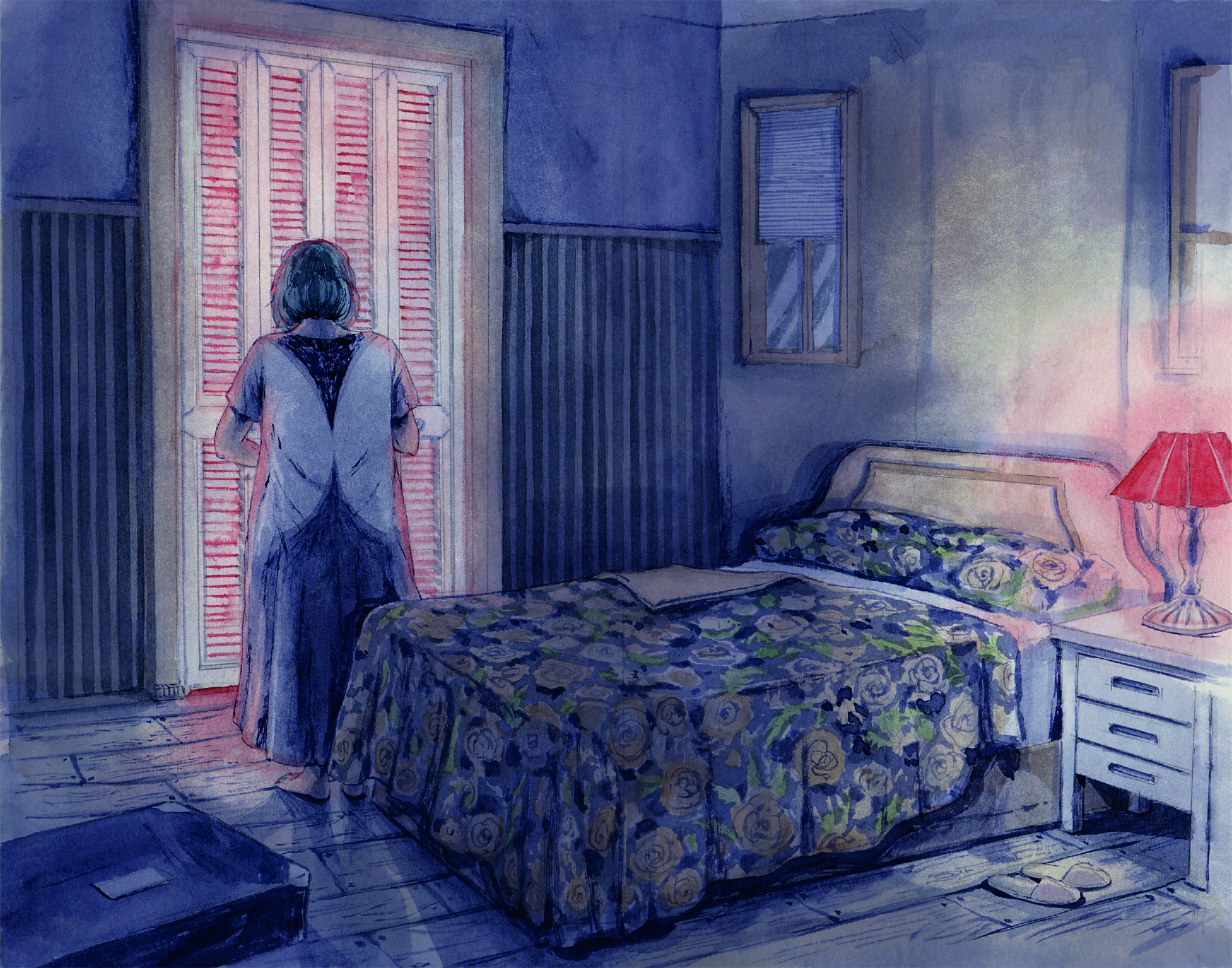
CB: Are you someone who plans in detail or do you like to draw and paint from instinct?
AH: I tend to avoid overly detailed planning. I’ve found that when I try to stick too rigidly to a preconceived plan, the final illustration often feels too stiff or lifeless. My best work comes when I allow myself to be a bit more spontaneous and let the piece evolve naturally. While I always have a general direction in mind, I find that working quickly and trusting my instincts often leads to more dynamic, organic results.
CB: What was the most challenging aspect of illustrating The Lottery and Other Dark Tales?
AH: Each project brings its own set of challenges, and with every illustration, you encounter different hurdles. For The Lottery and Other Dark Tales, the beginning went smoothly, and I was able to dive into the illustrations with ease.
However, when it came to designing the box for the limited edition, I encountered a real struggle. For some reason, the design just wouldn’t come together the way I envisioned it. I found myself reworking ideas over and over again, starting fresh many times before I finally landed on a solution that felt right. It was frustrating at times, but in the end, the process of refining the design helped create something that I’m really proud of.
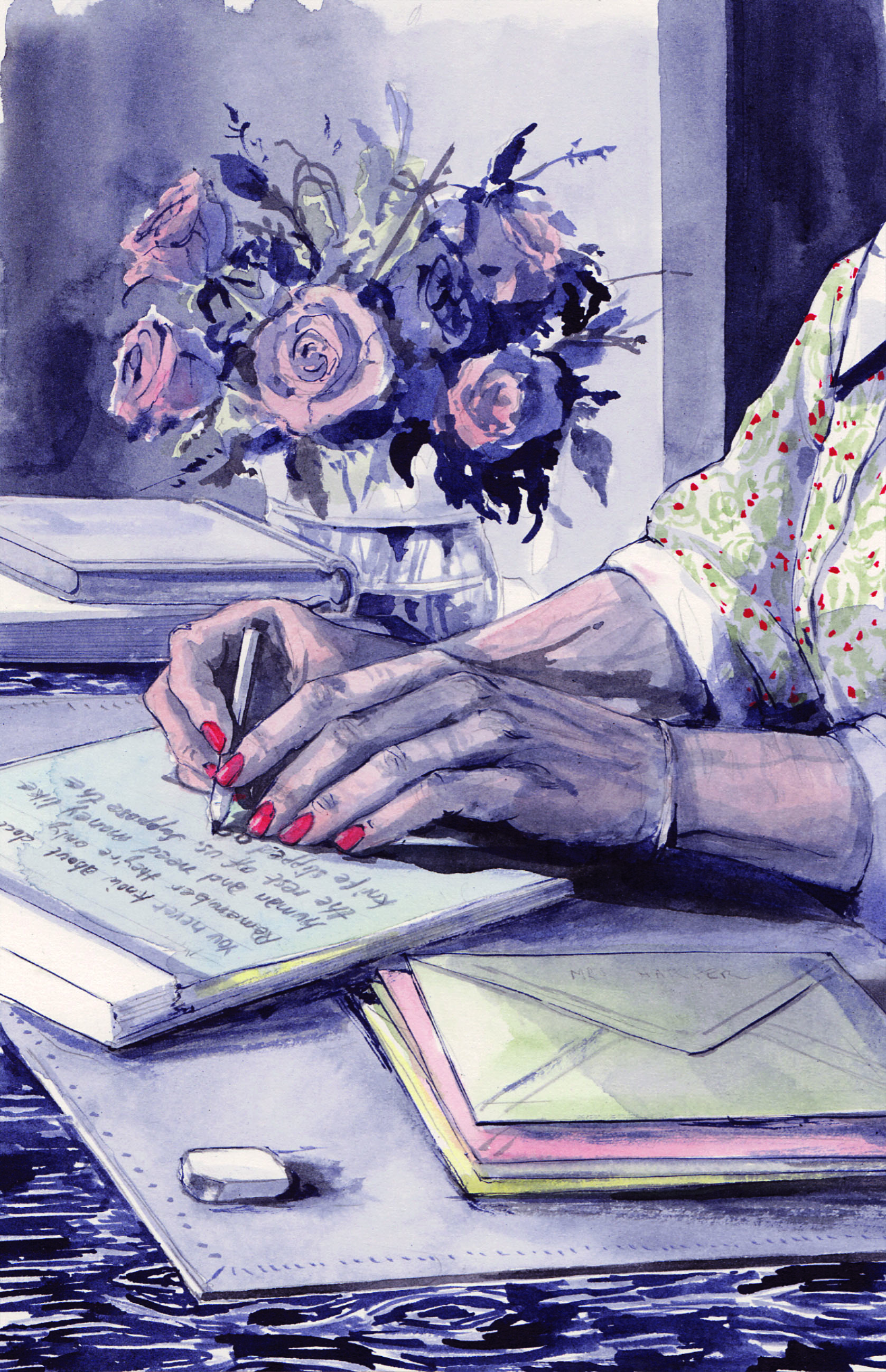
CB: What have you enjoyed most about this project for The Folio Society, and what have you learned for future projects?
AH: Collaborating with The Folio Society has been an incredible experience. The team is so passionate about creating beautiful books, and it’s been a joy to design not just the illustrations, but also the cover, slipcase, endpapers, and chapter vignettes. Being able to contribute to such a thoughtfully designed, tactile object is truly fulfilling.
What I enjoy most is the opportunity to immerse myself in a world created by an author I deeply admire. Each project is a journey, and I’m always learning something new, whether it’s about refining my technique or better capturing the essence of a particular story.
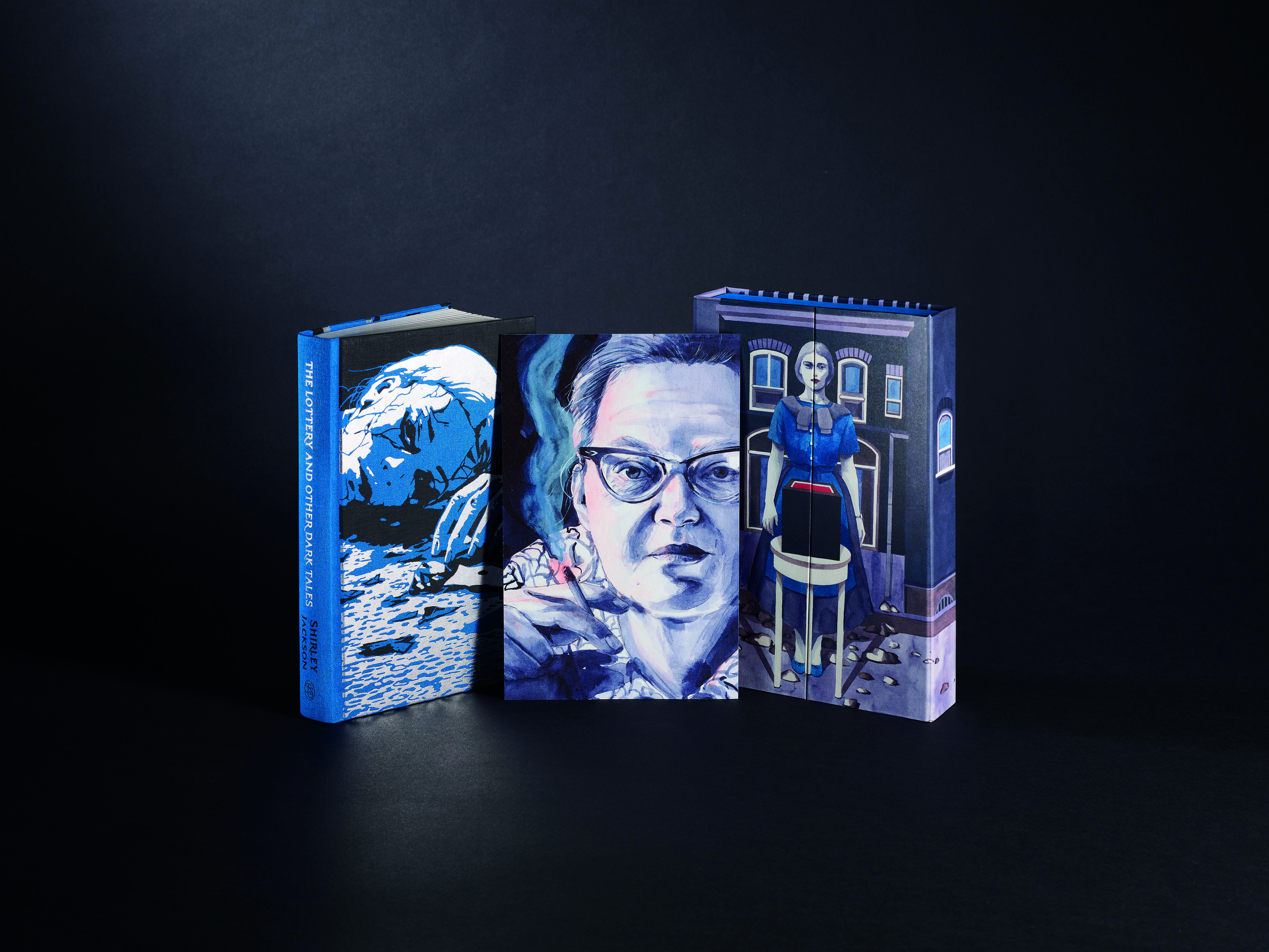
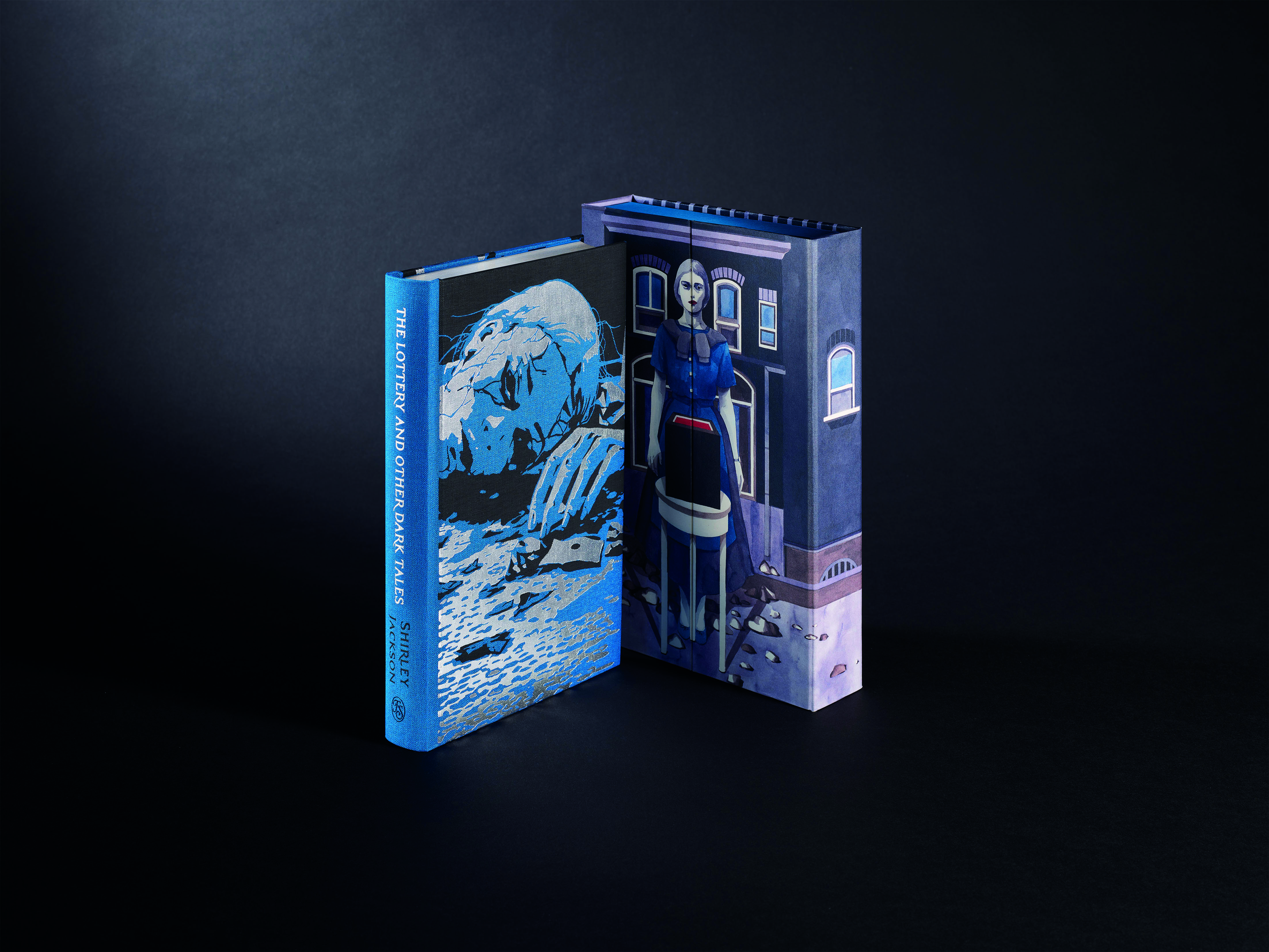
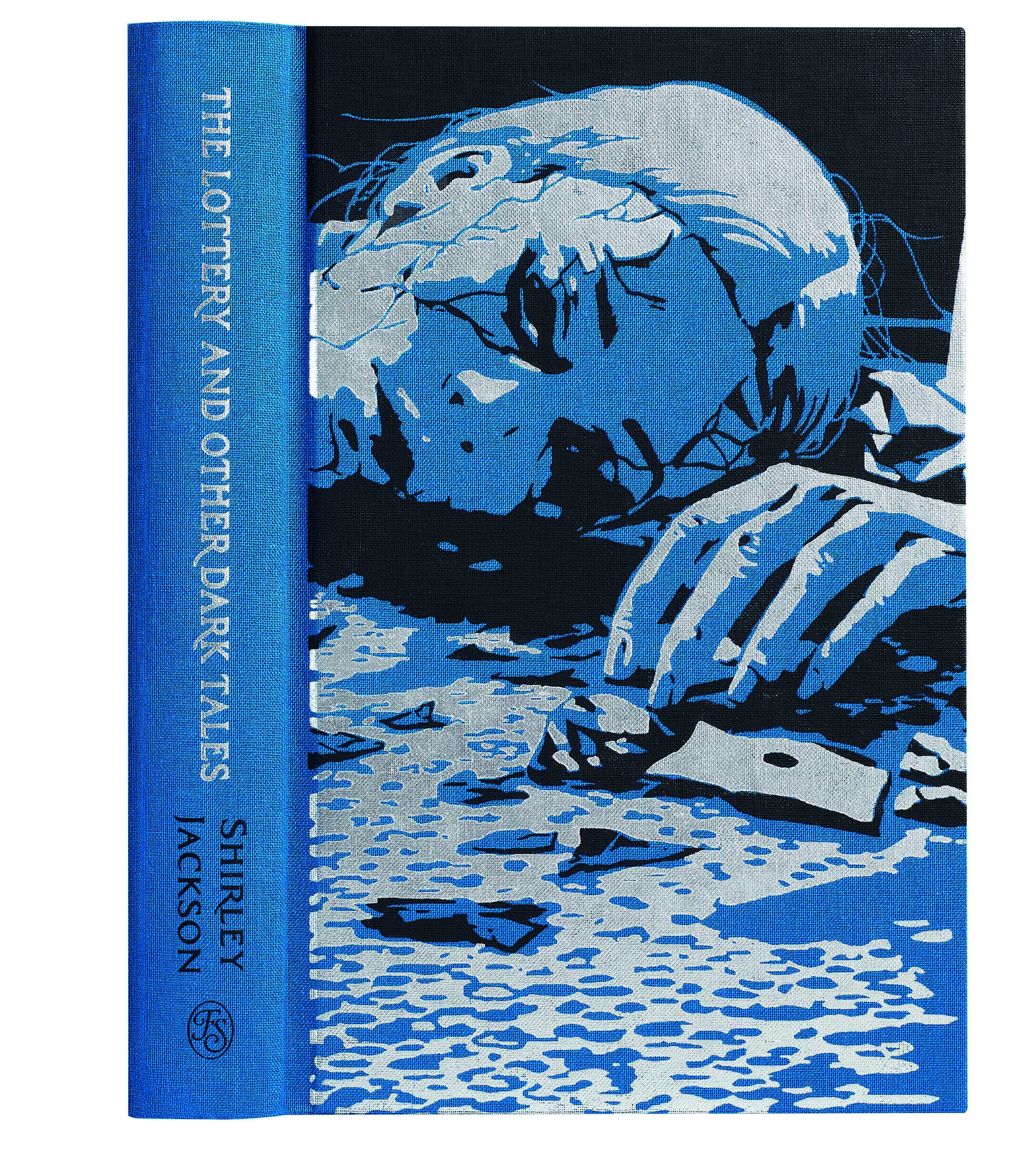
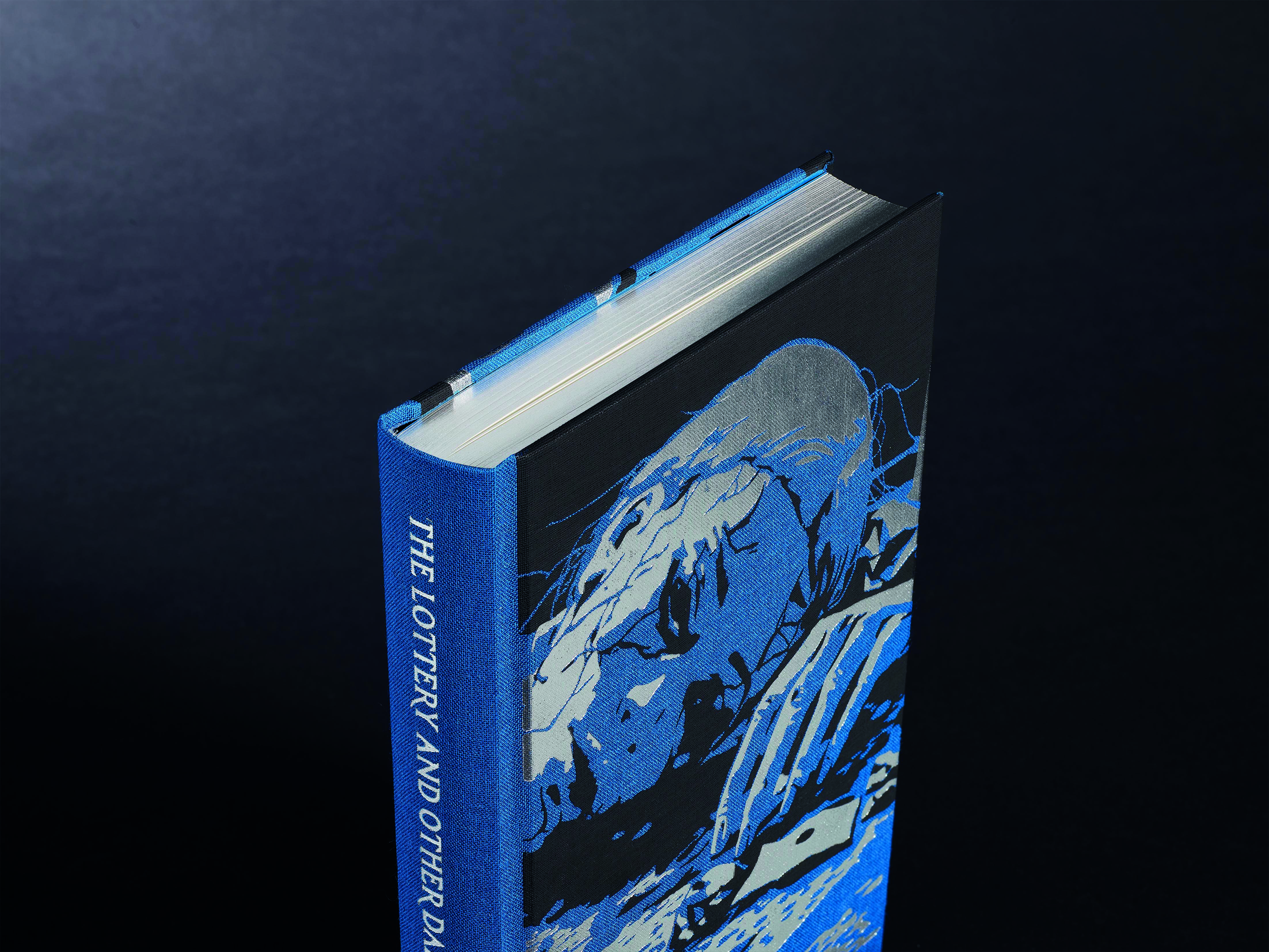
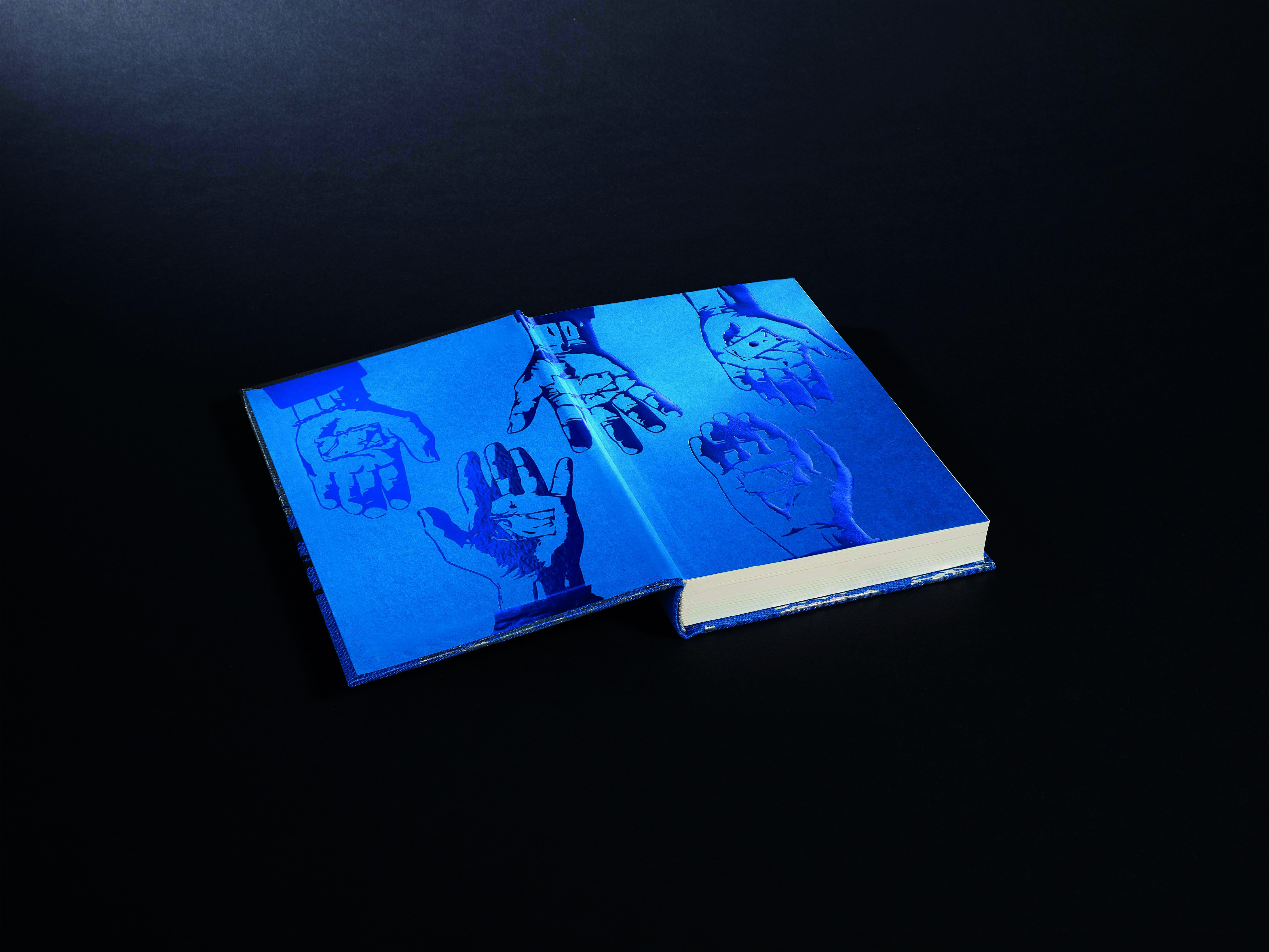
Read our guides to the best art supplies to start your illustration career, our round-up of the best digital art software is a good place to start if you prefer working digitally. For more inspiration, read our list of the best digital art and artists.
Get the Creative Bloq Newsletter
Daily design news, reviews, how-tos and more, as picked by the editors.

Thank you for reading 5 articles this month* Join now for unlimited access
Enjoy your first month for just £1 / $1 / €1
*Read 5 free articles per month without a subscription

Join now for unlimited access
Try first month for just £1 / $1 / €1
Ian Dean is Editor, Digital Arts & 3D at Creative Bloq, and the former editor of many leading magazines. These titles included ImagineFX, 3D World and video game titles Play and Official PlayStation Magazine. Ian launched Xbox magazine X360 and edited PlayStation World. For Creative Bloq, Ian combines his experiences to bring the latest news on digital art, VFX and video games and tech, and in his spare time he doodles in Procreate, ArtRage, and Rebelle while finding time to play Xbox and PS5.
You must confirm your public display name before commenting
Please logout and then login again, you will then be prompted to enter your display name.
